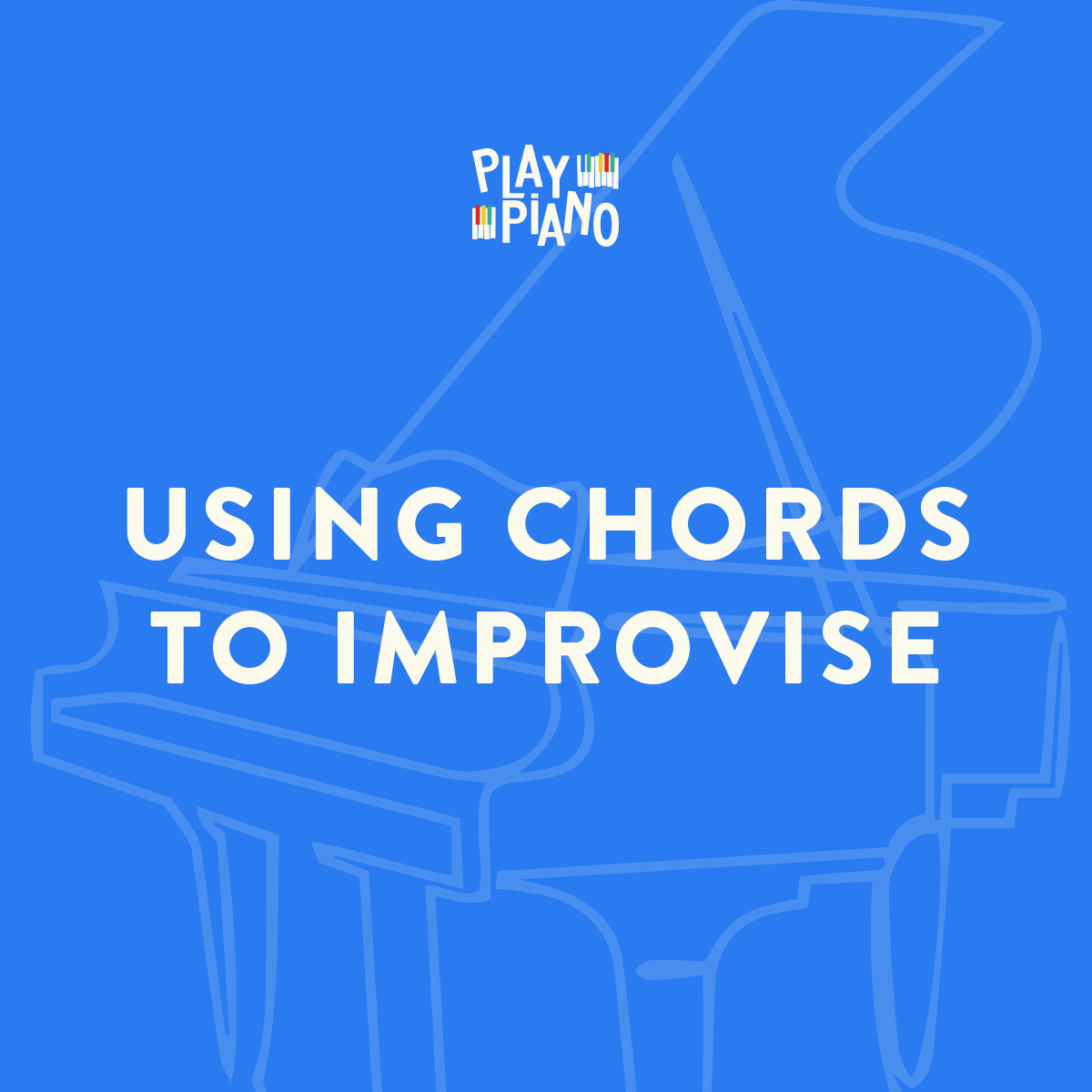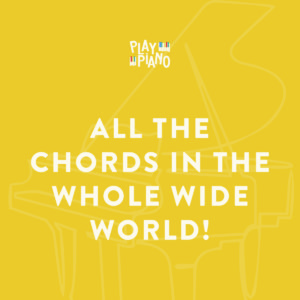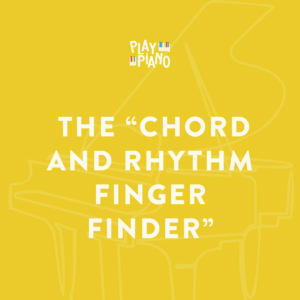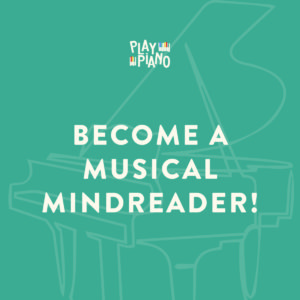Description
Chord symbols (for example, Fm7, Cmaj7 or G6) are a type of notation used frequently in jazz and other areas of modern music to notate chord progressions and changes. They function as a sort of shorthand for change-heavy music and are written with four chord parts in mind: the root, the quality, the extension, and the alterations.
The first part in chord symbols, the root, tells the musician which note is the root of the chord. In an E6 chord, for instance, the E serves as the root. Chord symbols also allow for inverted chords, or chords with a root other than the bass note. These chord symbols express that by showing the bass note with a diagonal slash under the original symbol.
Quality, the second part in chord symbols, denotes whether the chord is major, minor, diminished, or augmented. In a Cmaj7, the maj tells us that the C chord is major. The abbreviations for this area in chord symbols are maj, min, dim, and aug, respectively.
The extension in chord symbols, written after the quality, shows the musician if the chord differs from a triad (a third chord), such as an eleventh or seventh. This part of chord symbols is not always shown; if there is no indication of an extension, the musician is to assume that the chord is a triad.
As examples, Fm7 means an F minor 7th chord, Bb6 means a B flat sixth chord, Adim means an A diminished seventh chord, and G means a G major chord.
The last part in chord symbols, the alteration, is usually but not always expressed. Think of this part as the “notes” section in chord symbols; it gives the musician any specific (and sometimes irregular) instructions for playing the chord and is always written in parentheses after the extension (or the quality, if no extension exists). For instance, (no fifth) would tell the musician that the chord is to be played with the fifth tone left out. Sus – short for “suspension”, would mean to play the 4th scale note instead of the 3rd. A minus sign would mean to lower (flat) a chord tone, such as C-9 which would mean to flat the 9th of the chord. Conversely, a plus sign would mean to raise (sharp) a particular chord tone.
Reading music using chord symbols allows a person to use written music as a map, rather than a note-for-note approach. By just reading the melody note and the chord symbols, musicians can improvise to their hearts content and create their own sounds on the keyboard.
The best of all worlds, however, is to be able to read music as it is written in a sheet music score, but also be able to read the chord symbols. Then the musician is free to choose which is best – the written part, or an improvised part. The sky is the limit for musicians who can do both.
Piano improvising and arranging is an art but definitely not a science. It is all based on chords and chord progressions. There aren’t any steadfast rules for creating an arrangement, nothing to dictate the limitless potential of your imagination. Musicians learn to arrange by simply arranging – and improvise by improvising — over and over again. It’s a big game of trial and error. But it’s also a scientific method: you keep the experiments that work, and abandon those that don’t work.
That being said, there are a few things that can help you in the knowledge of piano improvization. Don’t think of these as rules, but rather points on a roadmap guiding you through the vast world of arrangement and improvisation possibilities.
- The first step, of course, is to learn as much as you can about chords and how they work. Once you get a handle on piano chords and the chord symbols that represent them such as Fm7, G9, D, C7, etc., you can then learn how to break those chords up in various patterns.
- Learn several different chording patterns, such as open voicing, arpeggios, upward inversions, western bass, Alberti bass, swing bass or boogie bass. This course guides you through these techniques, in addition to others, and teaches you to understand when they’re the most appropriate.
- Learn some right hand fillers, like octaves (and the multitude of harmonic possibilities associated with octaves), tremelos, grace notes, twangs, runs, and turnarounds. Again, this course teaches you these fills and several others.
- Dig into different musical styles, like ragtime, blues or country-western. Pick up some compilation CDs focusing on a particular style of music or purchase some piano sheet music specializing in the style. Understanding the fundamental elements of various styles will help you learn to arrange any song in that particular style — or just add a few stylized elements to any arrangement.
Your right hand will usually play the improvised part, while your left hand plays the chord. But the improvised part is created from and around the chord.
You’ll learn how to use:
- chord notes
- neighboring notes
- scale notes
- non-harmonic notes
…in your improvisations, and how each type functions in the overall scheme.
This course contains a DVD video, audio CD, & Summary Sheet








Reviews
There are no reviews yet.